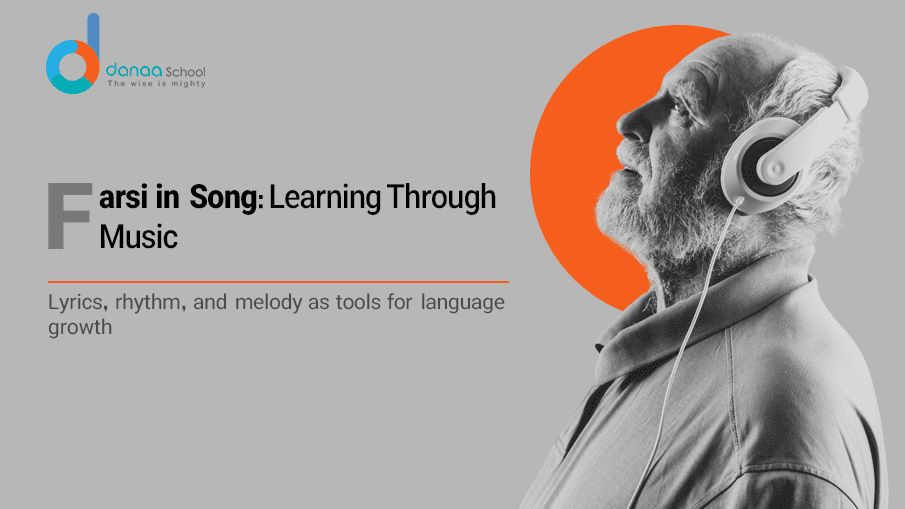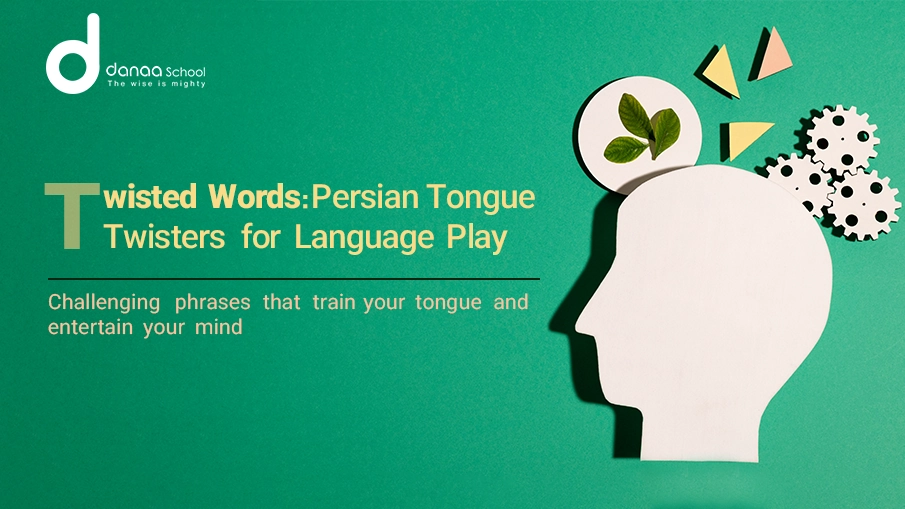Persian Calligraphy Styles and Their History
Persian calligraphy styles represent one of Iran’s most refined and influential art forms, reflecting centuries of cultural, literary, and artistic development. Over time, Persian calligraphers created distinctive scripts that shaped Iranian art and influenced Arabic and Ottoman calligraphy traditions.
This guide explores the origins, evolution, and major Persian calligraphy styles, from early Islamic scripts to the elegant masterpieces still admired today.
The Origins of Persian Calligraphy
The history of Persian calligraphy began after the Islamic conquest of Persia in the 7th century, when the Arabic script was adopted for writing Persian. Over time, Persian artists transformed these scripts into uniquely Persian calligraphy styles, emphasizing elegance, rhythm, and artistic expression.
The Influence of Arabic Calligraphy
- Early Persian calligraphy was influenced by Kufic and Naskh scripts.
- Persian calligraphers refined these scripts to suit Persian poetry and aesthetics.
Major Persian Calligraphy Styles
Over centuries, several major Persian calligraphy styles emerged, each with unique visual characteristics and cultural significance.
1. Kufic Script (خط کوفی)
- One of the earliest scripts used in Persian manuscripts.
- Geometric and angular letterforms.
- Common in architecture and early Quranic texts.
2. Naskh Script (خط نسخ)
- Designed for clarity and readability.
- Used in books, official documents, and printing.
- Still widely used today.
3. Ta’liq Script (خط تعلیق)
- The first distinctly Persian calligraphy style.
- Slanted letters and elongated strokes.
- Used mainly for court documents and poetry.
4. Nasta’liq Script (خط نستعلیق)
- The most famous of all Persian calligraphy styles.
- Often called the “Bride of Calligraphy.”
- Widely used for Persian poetry and manuscripts.
5. Shekasteh Script (خط شکسته)
- A cursive evolution of Nasta’liq.
- Highly fluid and expressive.
- Popular for informal writing and artistic works.
The Cultural Importance of Persian Calligraphy
Persian calligraphy styles are deeply embedded in Iranian identity. They appear in poetry, architecture, textiles, manuscripts, and modern visual design.
Persian Calligraphy in Poetry
- Works by Hafez, Rumi, and Ferdowsi are often written in Nasta’liq.
- The visual beauty enhances poetic meaning.
Persian Calligraphy in the Modern World
Today, Persian calligraphy styles are used in graphic design, digital typography, fashion, tattoos, and branding, bridging tradition and modern creativity.
Conclusion
Persian calligraphy styles reflect centuries of artistic mastery, from structured Kufic to flowing Nasta’liq and expressive Shekasteh. This timeless art continues to inspire artists and designers worldwide.
Interested in learning Persian language and calligraphy? Join Danaa School and explore Persian culture with expert instructors.
FAQs
- What is the most famous Persian calligraphy style? Nasta’liq.
- When did Persian calligraphy develop? After the 7th century.
- How is Persian calligraphy different from Arabic? It emphasizes fluidity and poetic rhythm.
- Can Persian calligraphy be learned online? Yes, through platforms like Danaa School.









